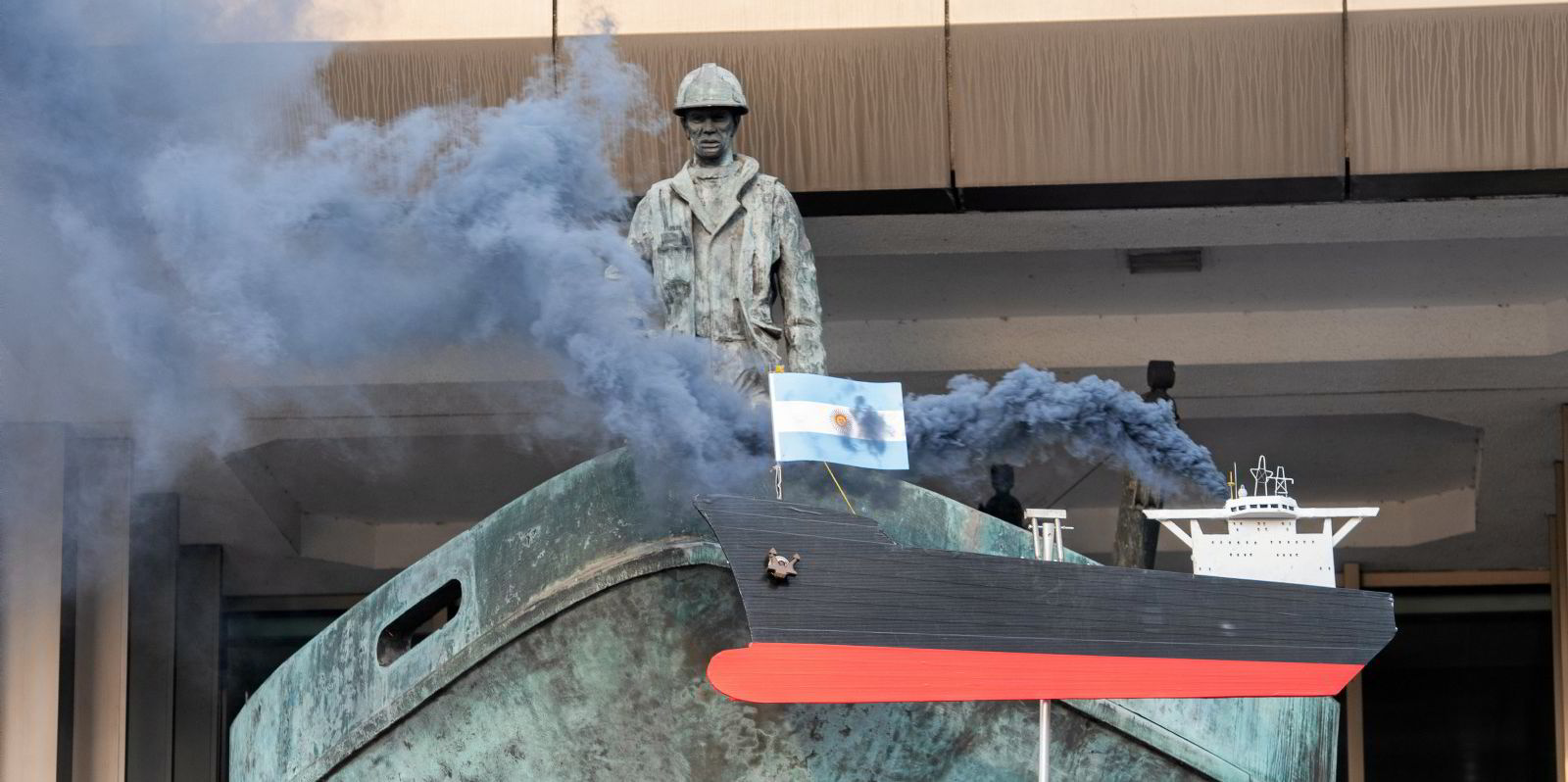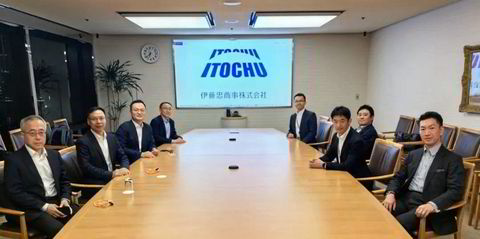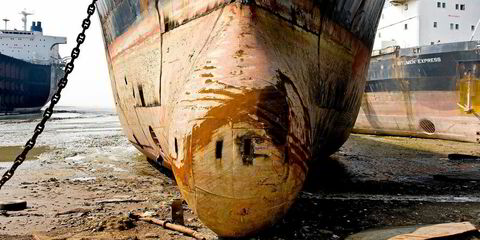Milestone negotiations are underway at the International Maritime Organization. The IMO’s revised ambition level for shipping decarbonisation is on the table, and with that the discussion over lifecycle emissions and the well-to-wake accounting of greenhouse gases for different fuels.
The draft lifecycle guidelines have more than 100 different fuel pathways for alternative fuels, which is why establishing well-to-tank certification for these pathways will be key to enabling maritime decarbonisation.
We are many who are hopeful that the IMO will agree on a more ambitious trajectory to decarbonise shipping. Many of us believe a more ambitious pathway will release investment for the development of more sustainable fuels.
We believe in a multi-fuel trajectory, where renewable fuels of different origins will co-exist with fossil-based fuels, some of which can consider themselves net-zero after the successful capturing of their carbon or other greenhouse gas molecules.
Many analysts agree that biofuels serve in an immediate carbon-reduction phase, here and now, but will not be able to play any bigger role in the future global scale scenario, due to lack of sustainable supply.
However, methanol, as evidenced by its current initiation is set to play at least an intermediate role, may be curtained in the longer term due to a lack of sustainable carbon resources.
For ammonia, produced from renewable inputs or with carbon byproduct effectively captured and stored, analysts forecast a more sustainable longer-term supply.
It does not matter what fuel will be dominant in 2050. What matters is how we get there and that we get there responsibly. The alternative fuels industry, as well as the incumbent bunker industry, have not engaged until now to find a unified voice on how to account for carbon.
The IMO’s current draft fuel lifecycle guidelines have more than 100 different fuel pathways. Each fuel pathway has its different definitions, boundary conditions and limitations.
Meanwhile, there are many different national and regional rules and standards for the assessment of the climate impact of energy commodities. For ammonia certification only, as an example, an ongoing exploration by consultancy Hinicio, which is well known for its CertifHy work, on behalf of the Ammonia Energy Association is reviewing 40 different national and international schemes, which currently impact the definition of low-carbon ammonia. Harmonisation of schemes is necessary to unlock trade of any low-carbon option.
The IMO discussions are only in the early stages of a journey that will eventually lead to the full context for the trading and supply of alternative fuels. The reason for this is that the organisation has to step outside its normal boundary conditions. We say this because the new fuels of this industry are not designated to abate emissions from shipping only.
They are being developed to serve other hard-to-abate industries too, all with different drivers and standards. To further add to the complexity, they serve not only as a fuel, but also as a low-carbon resource in the production of other commodities, such as fertiliser, plastics, medical supplies, etc. Ammonia is also mooted as a major ocean-borne carrier commodity for hydrogen markets.

Another factor possibly impacting this absence of discussion at the IMO is the general lack of alignment work among alternative fuel stakeholders themselves. This lack of alignment has not been intentional: lifecycle carbon accounting is complex, and the charts are still being drawn.
Now, the International Bunker Industry Association (IBIA) filed a submission to an IMO working group on greenhouse gas emissions with contributions from the European Biodiesel Board, the Methanol Institute and the Ammonia Energy Association. These critical stakeholders have finally entered the shipping fuel availability and lifecycle conversation. Together, for the first time, these stakeholders have come forward with a unified position, and with a language seeking to avoid ambiguity.

All hands on deck are needed for shipping to decarbonise. But, fundamentally, all stakeholders must feel confident that a common language is available in the development of alternative shipping fuels. That each batch of fuel is sold with an accurate carbon tag fitted to it on a well-to-tank basis and which can translate towards use on a fuel lifecycle label. That coloured labels are a thing of the past, and that we accurately, and with transparency, can follow the carbon. Well-to-tank certification for these fuel pathways will be essential to trade these as low-carbon commodities going forward and therefore will be a critical enabler for maritime decarbonisation.
That is why the IBIA’s submission is worth taking notice of, and that is why it is so important that the IMO provides the right frameworks for an equitable energy transition.
Sofia Furstenberg Stott and Conor Furstenberg Stott are partners at Furstenberg
Maritime Advisory. As maritime directors for the Ammonia Energy Association,
they contributed to the compilation of the IBIA’s submission to the IMO.




